Summer is prime time for perennial gardens, but sometimes, things can start to look a little spent, drab, and sparse.
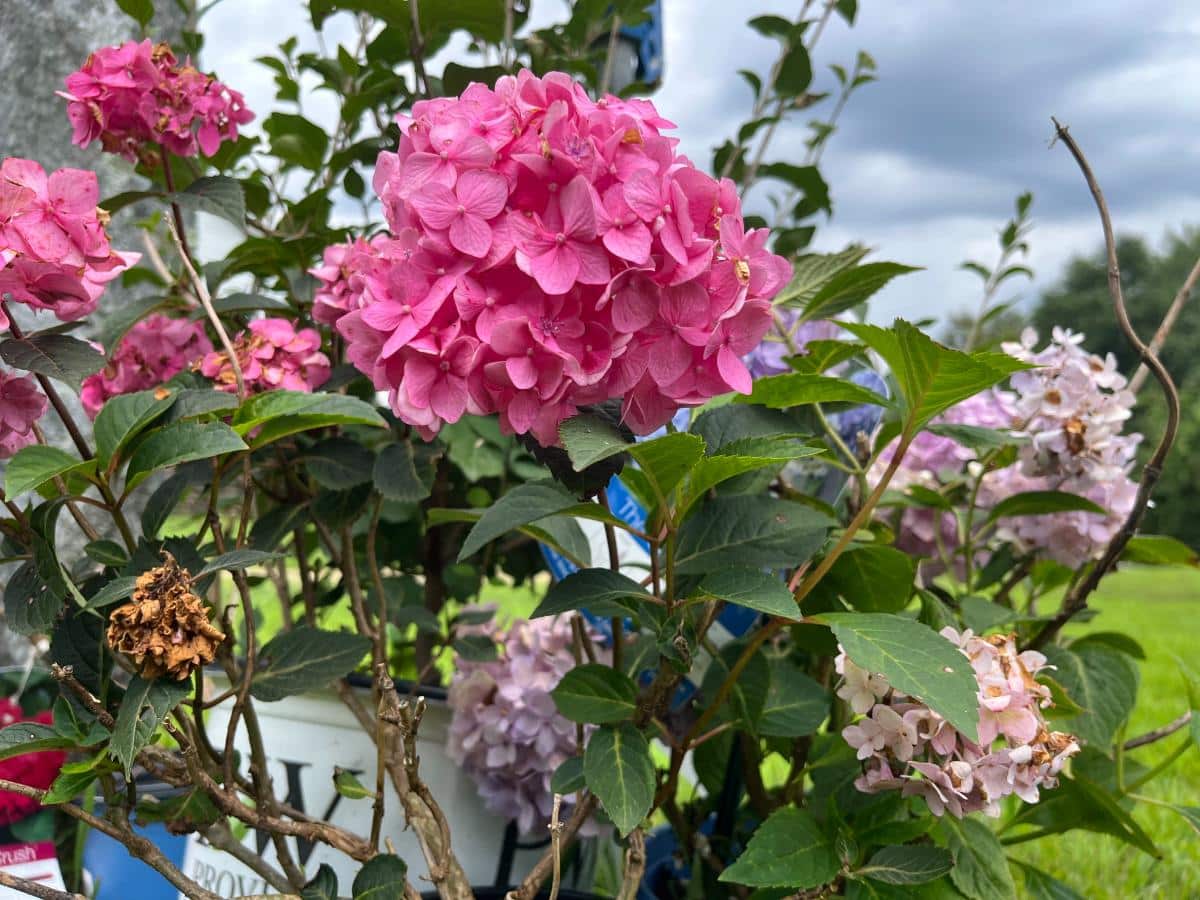
This may be the time of year you notice gaps in blooms or holes and spaces in planting. This may get you thinking about doing some summer perennial planting.
But is that a thing?
Can you even plant perennials in the summer?
What about dividing large, older plants or taking divisions to move around and fill things in?
Is that possible?
Jump to:
- Yes, You Can Plant Perennials in the Summer, and You can Divide them, too
- 14 Tips for Successfully Planting and Dividing Perennials in the Summer
- It’s a root thing (and a transplant thing, too)
- 1. Plant from transplants, not from seed
- 2. Make sure you plant perennials in their intended spots (light and conditions)
- 3. Liven up color with colorful plants in bloom
- 4. Plant in the evening if possible
- 5. Plant on overcast and rainy days
- 6. Start with shady spaces
- 7. Cut back extra plant matter and foliage
- 8. Water, water, water!
- 9. Water the pot
- 10. Water the planting hole
- 11. Don’t Make perennials endure added stresses from pests or disease
- 12. Create Extra Shade or Protection for Plants in Sunny Spaces
- 13. Mulch, of course (It’s Always Mulch That’s the Answer!)
- 14. Reduce watering as plants become established
- Summer Perennial Planting –Definitely an Option!
Yes, You Can Plant Perennials in the Summer, and You can Divide them, too
You can plant new perennials in the summer.
We do usually think of planting perennials as a spring or fall task. It is true that those are great times for planting perennials, but it’s fine to plant in the summer, too – you just have to give them the care they need to beat the heat.
You can also divide perennials and replant the division in the summer. Again, this is a task we usually plan for fall and spring, but if the timing isn’t working out or you have a new garden plan in mind, summer is an okay time to divide. Again, with some extra care and attention.
14 Tips for Successfully Planting and Dividing Perennials in the Summer
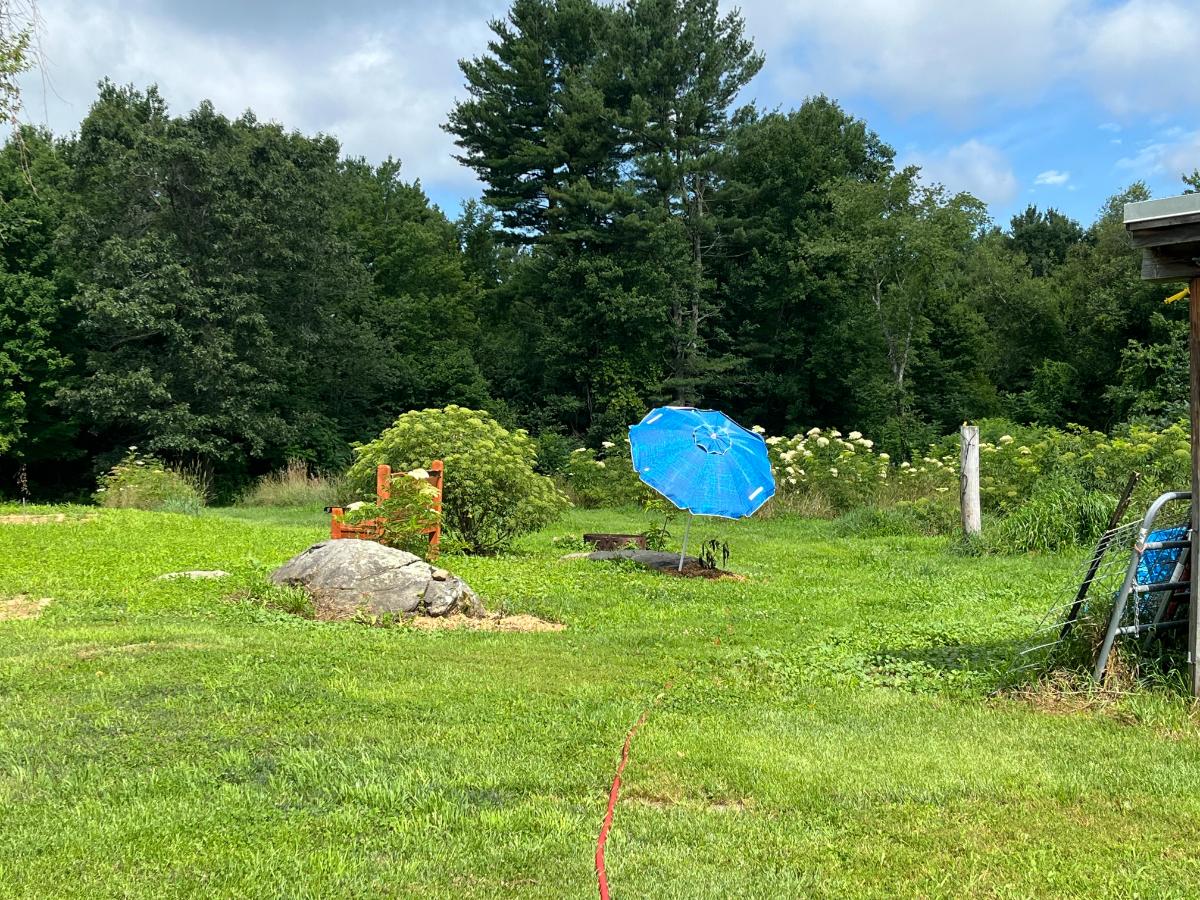
Plants always need more care when we plant them, but in the summer, we need to pay a little more attention and take it up a notch.
The simple reason is that summer conditions are more difficult, especially in terms of maintaining moisture. Things dry out faster, including the ground itself, and the intense, long, direct rays from the sun are hotter and harder to handle.
Of course, perennial plants are made for this, and they thrive in those conditions, too, but until they are established, they need more than what they will get from Mother Nature. They need some extra from us.
It’s a root thing (and a transplant thing, too)
A lot of this goes back to the plant’s roots. They’re small in area and need time to stretch and grow until they can access more resources from a wider area from deeper in the ground.
Some of this also relates to transplanting itself. All plants will experience a period of transplant shock to some extent. Increased stress can exacerbate this, so you’ll want to take steps to minimize those sources of stress.
1. Plant from transplants, not from seed
Mid-summer is late for starting perennials from seed. Perennials tend to be slow growers. It can take a long time to get them to a decent size. This won’t do much for sprucing up your garden in the summer.
It might give you good plants next year, if you can get them that far, but it’s very difficult to keep enough water close enough to seeds (which are shallow) and give the seeds not only enough moisture to germinate, but enough water to continue to grow and set roots.
Basically, it would be a constant project from summer through fall, and there would still be some questions about whether the plants would be big enough and have enough roots to overwinter.
Instead, plant summer perennials from potted plants or transplants. They will be better able to access ground moisture and won’t need as much constant babysitting. They won’t be as prone to burning as seeds and seedlings will be.
2. Make sure you plant perennials in their intended spots (light and conditions)

Summer planting is not a time to push the envelope by planting shade perennials in the light.
It is also not a time to grow a perennial that needs rich, loamy soil in a sandy or gravelly spot or in one that drains away quickly when it gets rain or water.
It is hard enough for plants to expect them to succeed in light or soil conditions that they don’t belong in. They won’t do well if you put them in increased light at the height of the sunny season.
They also won’t do well if you stress their moisture retention capabilities by planting them in the wrong type of soil.
To be sure, there is a perennial plant for every growing condition. There are full sun and shade-loving perennials. There are perennials and herbs that love a little water starvation. There are plants that like wet feet and will thrive in clay soils or moist spots.
So instead of creating more stress for your plants, match perennials to the place you need to plant. Don’t try to fit a round peg in a square hole. Especially in the middle of summer.
3. Liven up color with colorful plants in bloom
If the goal of planting in the summer is to add some color at times when there is none, then pick the plants that can give that to you.
There are a number of colorful perennials you can plant in the summer. Choose plants that are in bloom in the pots and plants that are listed as having bloom times for the period of time you’re trying to cover.
4. Plant in the evening if possible
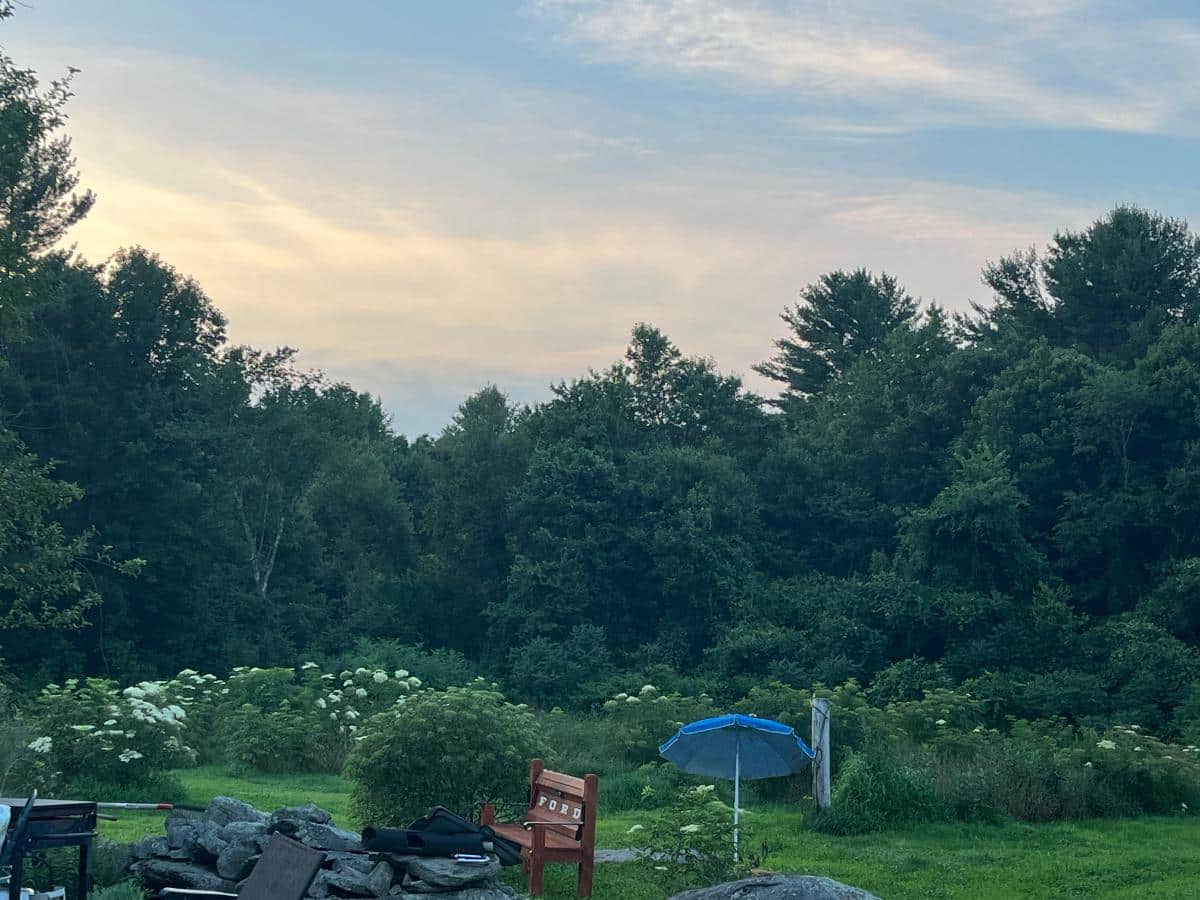
If you have your choice of time of day to do your planting, pick the evening.
If you can’t do the evening, late afternoon is a close second, and behind that would be early in the morning.
If at all possible, avoid planting in the middle of the day when the heat is highest, and the sun is strongest.
Evening is the best time of day for planting summer perennials because things start to cool down, but also because it will give your plants time to settle in and soak up plenty of water before the heat of the day.
Having all night to hydrate can really make a difference and set your perennials up well for facing their first full day of sun and heat in the ground.
5. Plant on overcast and rainy days
Another good option is to plant on days when the sun isn’t beating down. If there is an overcast or rainy day in your forecast, that is a good day to plant.
Your new perennials will be better protected, stay a little cooler, and gain more time to soak up water before the blazing sun comes out again.
6. Start with shady spaces
New perennials planted in the shade will fare better than perennials planted in full sun, just because it’s cooler and they’ll experience less heat and water stress.
That doesn’t mean you should plant full sun plants in shade, though, just that if you have planting jobs to pick and choose from, choose the shady planting jobs over the sunny ones.
If you’re planning some planting later in the summer, save the full-sun plantings for that time.
7. Cut back extra plant matter and foliage
This tip will take some judgment because if you have potted plants with blooms in good shape you may not want to lose that.
But when it is an option, and it won’t ruin the look of your plant, trim back the excess foliage and stem growth. The more there is, the more the plant has to support and find water, and it must find that water with what is a limited root area right now.
Once the roots grow bigger, the plant can more easily support more plant stalks and leaves, so you can let the plant go.
Just don’t cut the plant so far back that you shock it, or you don’t leave it with enough foliage to photosynthesize and make the food the plant needs. A good-sized perennial should be able to withstand a 25 to 30% trim.
For plants with flowers or buds, if there is dying or yellowing foliage or growth, that should be removed regardless. It is a sign the plant can’t keep up with what it needs to support.
Besides that, yellow, dried-up foliage won’t snap back, so it’s dead weight on the plant anyway. Make room for fresh green leaves to grow.
8. Water, water, water!

This probably comes as no surprise, but we would be seriously remiss if we didn’t have watering on the list. But when, how, and how much?
First of all, see numbers 9 and 10 on this list.
Then, after planting, make sure your new perennials are watered regularly, especially through the summer heat.
Most perennials need one inch of water per week after they become established and rooted (although they do vary in requirements). As long as you plant your perennials in the right type of soil for that plant, they’ll do well with this level of watering.
In the early weeks, though, you should water new summer-planted perennials more frequently. Go above the one-inch mark because the water will disperse into the ground, and the new, limited root system won’t be able to reach out and get it.
Check the new plantings every other day. Water as needed (in the first week, watering every two or three days is not overdoing it).
If you push your finger into the soil right near your new perennial and it is not moist an inch into the soil, water.
9. Water the pot
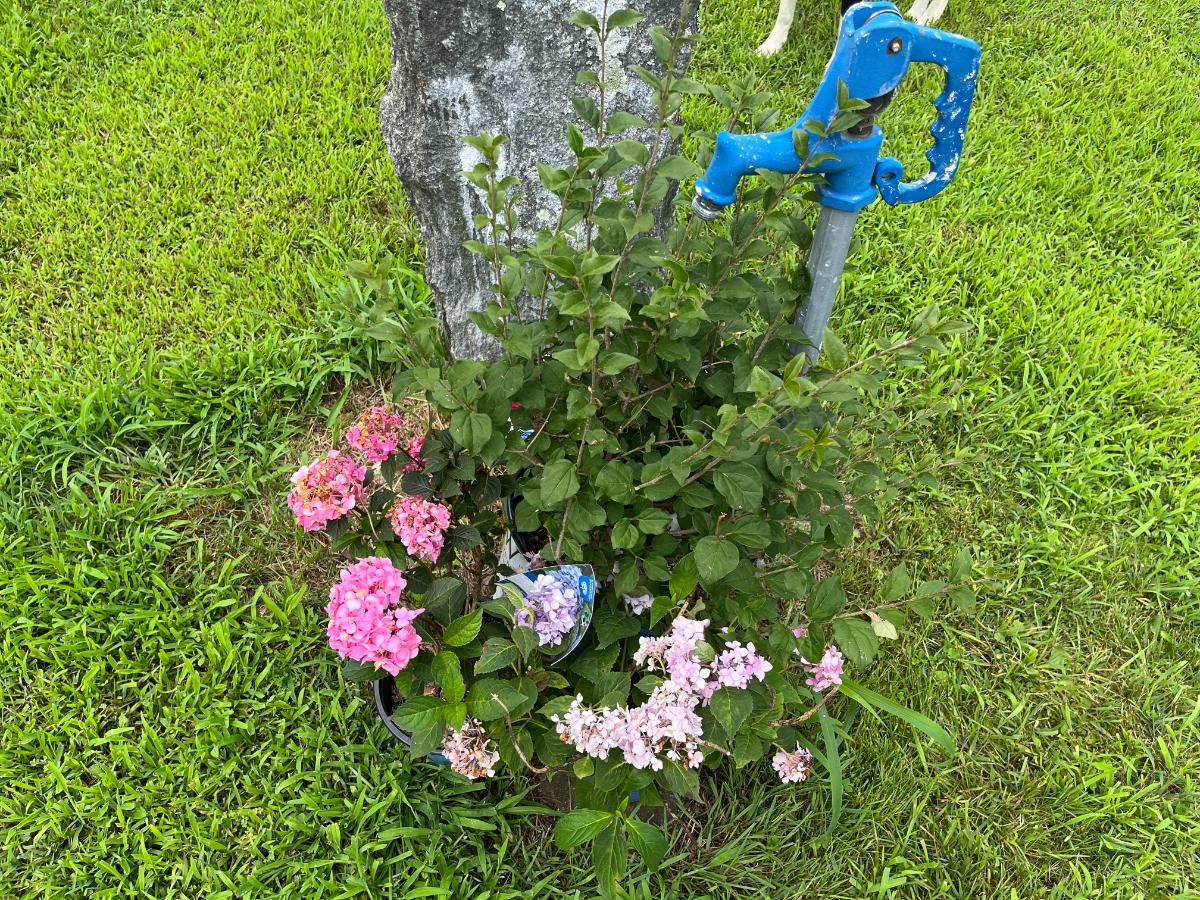
When you plant your perennials in the summer, water the plant in the pot before you do. Get that soil and the roots good and moist.
Do this before you start digging, and let the plant and soil suck up water while you prep your hole.
If you don’t water the pot and the soil is dry, the soil and roots won’t be primed, and they won’t be able to take up water as easily.
You’ll also be forcing your plant to start in a moisture deficit, which means it is already stressed going into the ground.
10. Water the planting hole
Similarly, water the planting hole, too. This also primes the ground soil so it can hold water near your plant.
Watering the hole also stops the dry soil from wicking the moisture out of the root ball and potting soil when you put the watered soil and roots into the ground.
11. Don’t Make perennials endure added stresses from pests or disease
Perennials that are planted in the summer will already be experiencing a higher level of planting stress than those planted in fall or spring. This is manageable, but you don’t need to compound it.
In the spring, insect pests often aren't out yet. New plants at that time of year have a chance to establish and grow before that stressor arrives.
In the fall, a lot of the insect and disease factors have diminished.
Summer, though, is prime time.
So, give your new summer-planted perennials a leg up by controlling the bugs and treating them at the first sign of disease.
12. Create Extra Shade or Protection for Plants in Sunny Spaces
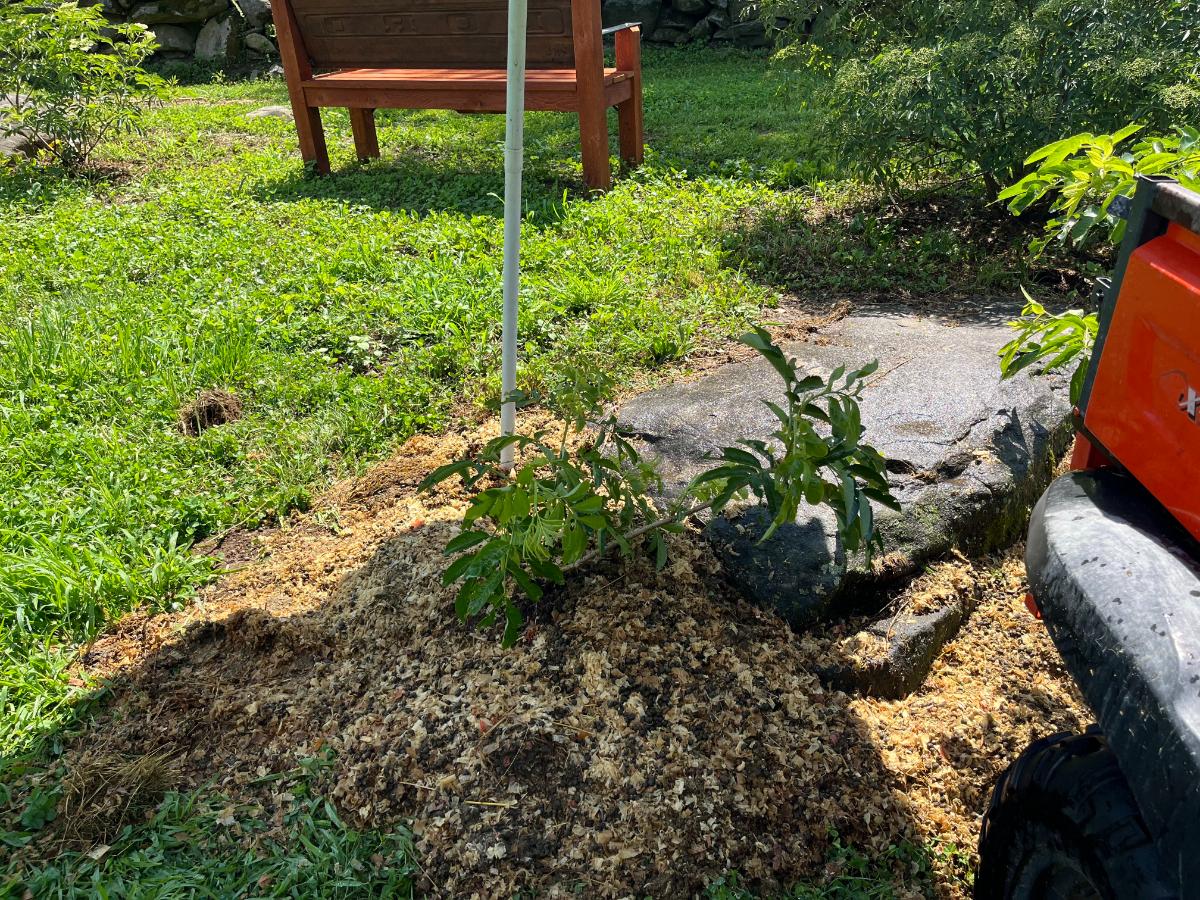
Even plants that need full sun for growth appreciate some shade when they are first planted in the summer.
This will help block them from the long, strong, severe rays of the sun.
This can be as simple as covering your new plants with some shade cloth or a row cover during the hottest part of the day or popping up a beach umbrella for the first week or so.
Providing a little extra cooling and relief from the worst of the sun will give your new perennials a chance to build up roots and preserve moisture until they can access more of what’s in the ground and overcome any transplant shock they might be experiencing.
It also reduces leaves drying out when they might not be getting as much water as they were when they were in the pots or before they were divided and moved.
13. Mulch, of course (It’s Always Mulch That’s the Answer!)
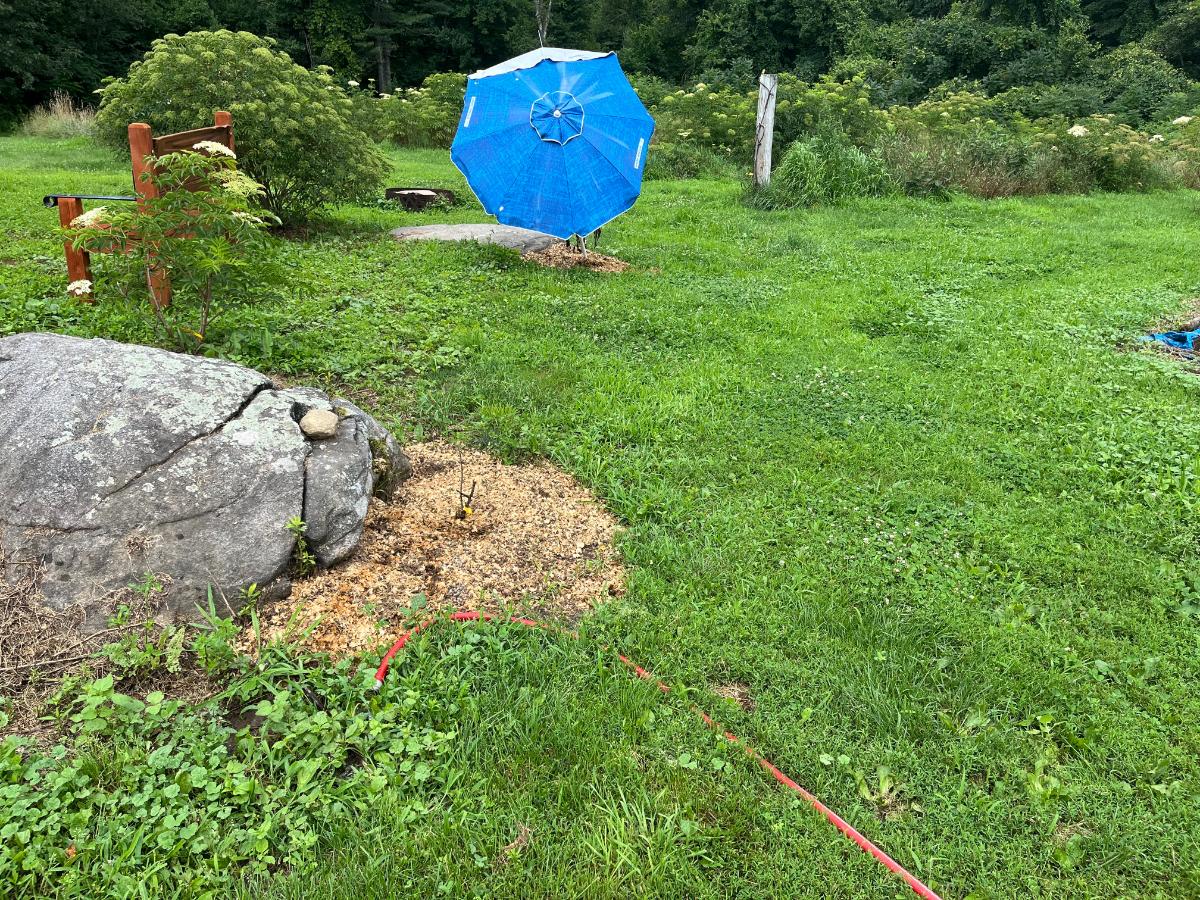
A good mulch layer will do a few things:
- Mulch helps keep roots cooler, which encourages more root growth
- Mulch protects the soil from evaporation, so more of the moisture that's in the ground and given to the plant stays in the soil
- Mulch keeps the surrounding ground moist, so less water is wicked away by adjacent dry soil
- Mulch prevents weeds, which reduces your new perennials’ competition for water and resources and leaves the soil space for your plant's roots to grow into
Mulch to a depth of three inches for the best balance and protection.
14. Reduce watering as plants become established
After the first two weeks, you can begin to cut back on the extra watering and gradually work back to the average one inch per week. Of course, you only need to provide that if you’re not getting an inch of water from rain per week.
You don’t want to baby your new perennials forever – not even in summer. Eventually, they have to stand on their own and letting them get established and then adjust to their new lifestyle will set them up to be stronger plants.
This will also help prevent overwatering and prevent washing the nutrients out of the soil.
By two weeks, roots won’t quite be where you want them to be, but they should be spreading and on their way. Start cutting back the extra watering to where in four to six weeks they are only getting the normal amount of water for that plant.
Summer Perennial Planting –Definitely an Option!
So you see, you can certainly take advantage of the summertime and longer days to get more done. You can still enjoy the digging and the dirt and the gardening tasks you enjoy. Like planting!
You just need to take a few steps and give summer-planted perennials the tender, loving care they need to tough out the hot spots.
Plant away, summer perennial gardeners!

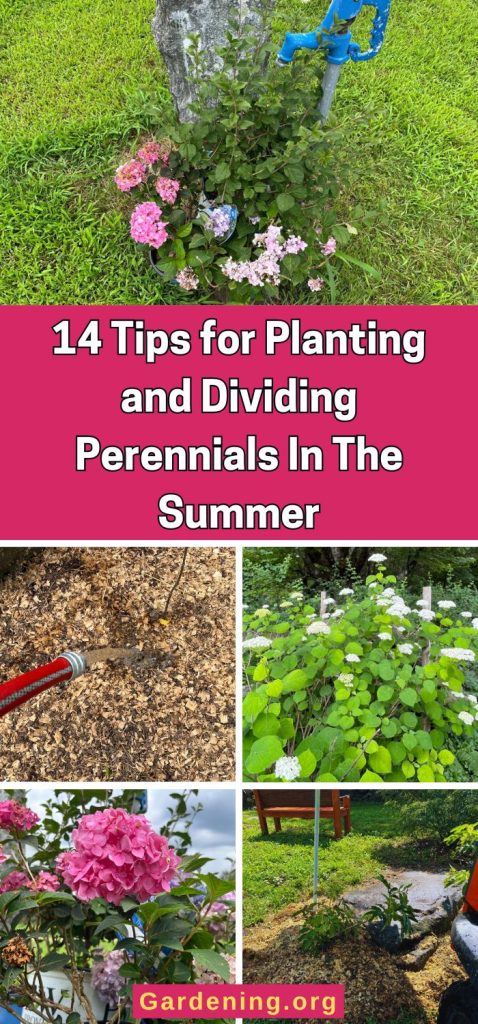


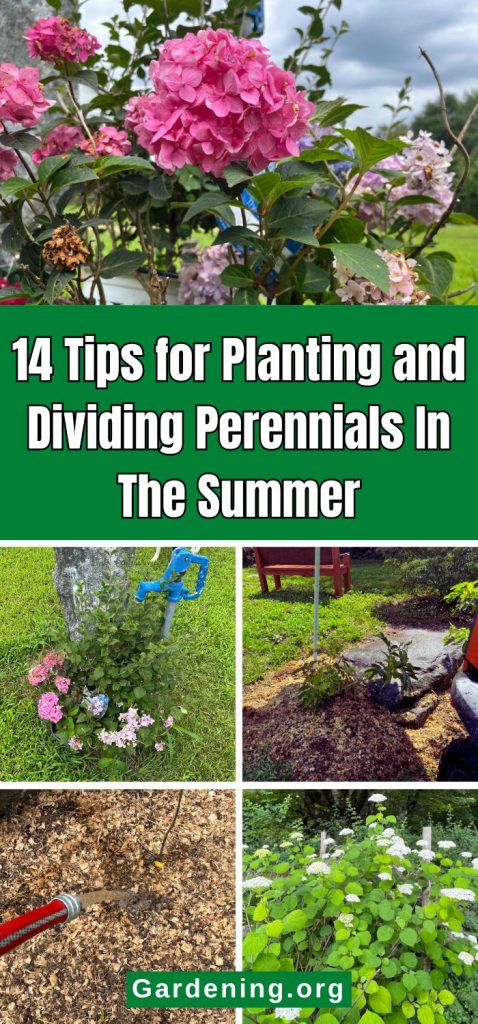

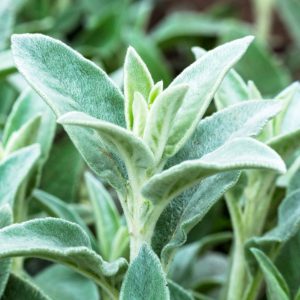


Leave a Reply